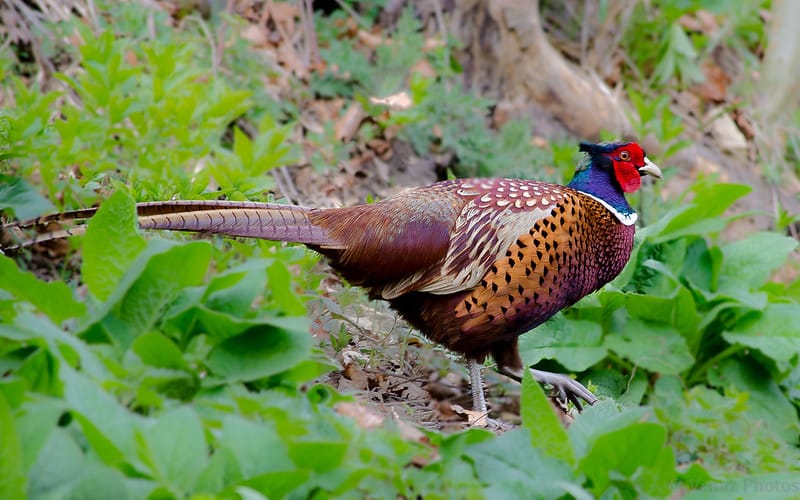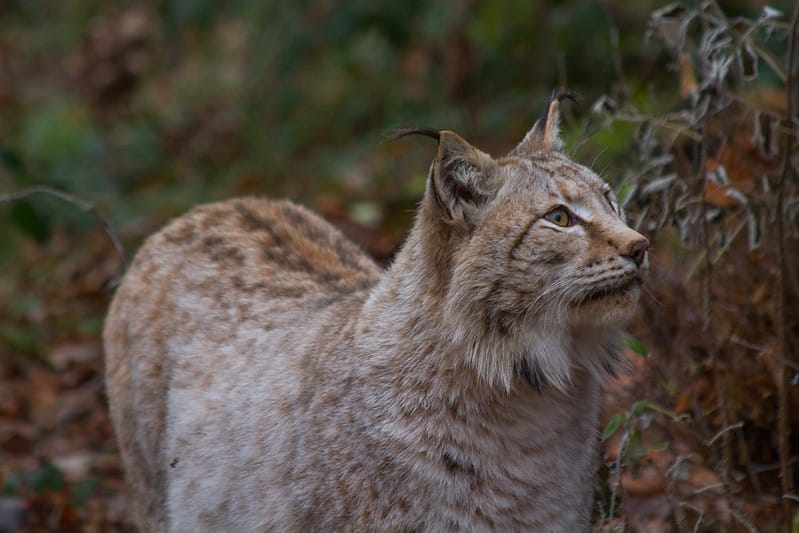
The Queen must rewild Balmoral
Queen Victoria kicked off the grouse-shooting craze. Now, Queen Elizabeth should reverse the damage, writes Guy Shrubsole.
This week’s article is by Guy Shrubsole, campaigner and author of the book Who Owns England?
When it comes to the state of nature in Britain today, Queen Victoria has a lot to answer for.
It was her and Prince Albert’s purchase of Balmoral in the Scottish Highlands in 1852 that arguably is most to blame for the degraded state of Britain’s uplands in the twenty-first century.
Victoria and Albert’s passion for deer-stalking and grouse-shooting over this 60,000-acre expanse of the Cairngorms sparked a fashion amongst the Victorian aristocracy that continues to this day. Anybody who was anybody was seized by the “Balmorality” – the need to buy an upland estate (the bigger the better) and manage it to maximise the number of grouse.
Driven grouse shooting, which had started in a smaller way in the Peak District some decades earlier, became a major industry. Gamekeepers were hired to deploy the latest poisons and traps to rid the landscape of raptors, stoats and other predators, and instructed to practise “rotational burning” of the moorland heather to bring forth the fresh shoots beloved of young grouse.
British hunting changed from being a practice that conserved habitat and species to something that utterly transformed landscapes. Grouse moors in England now take up an area the size of Greater London; Scottish shooting and stalking estates are even larger.
As aficionados of the latest series of The Crown will know – with its portrayal of a stag hunt at Balmoral that lasts several days – the royal fixation with hunting continues to this day. And whilst I don’t believe hunting to be incompatible with an ecological outlook, it certainly is in its modern, industrialised form.
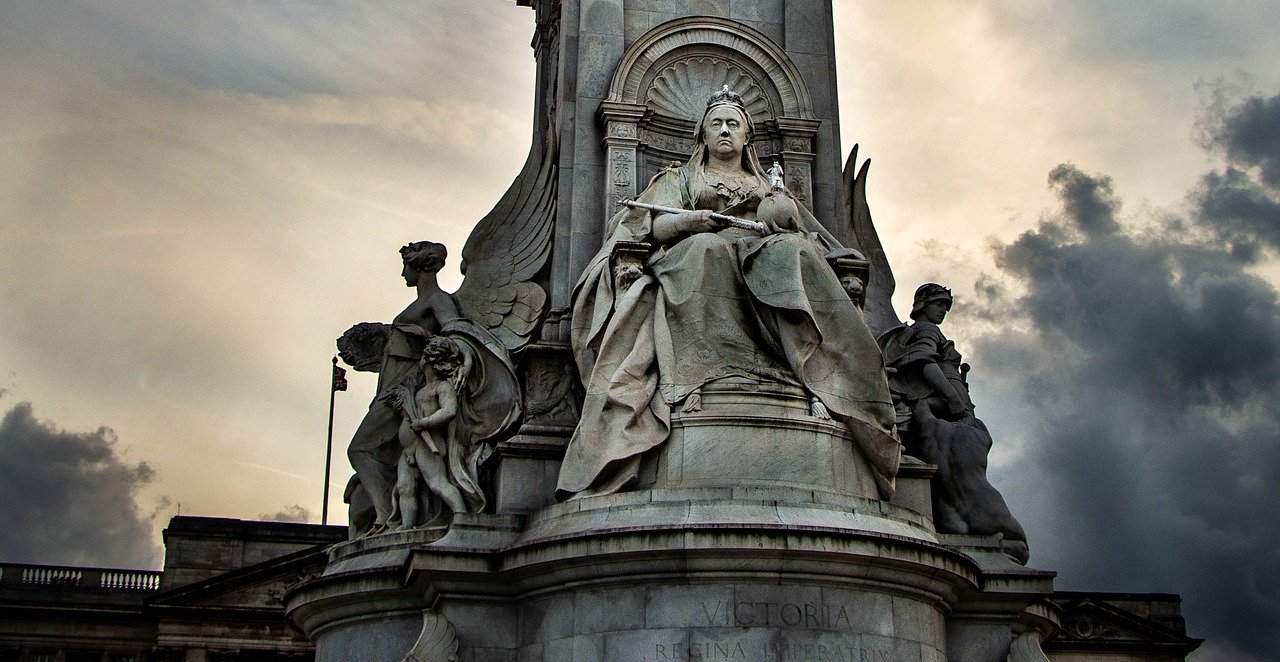
The Royals started this trend, and they have it within their power to end it. Given Prince Charles’ well-known environmentalism and Prince William’s nascent interest in it, what better time to do so?
The Prince of Wales and Duke of Cambridge talk a commendably good talk on the environment – and I mean that genuinely: were it not for Charles’ early embrace of environmental causes, the state of the planet might have stayed a fringe concern for even longer.
And it’s not just talk: Prince Charles started farming organically at Home Farm near his Highgrove residence in 1985, long before it became more mainstream. Prince William, meanwhile, recently launched the ‘Earthshot’ prize with David Attenborough, which will see £50m awarded over the next decade to projects for restoring nature and tackling the climate crisis.
But, in various other ways, the words have not been matched by action. The Prince’s Duchy of Cornwall estates, for example, cover 130,000 acres – yet just 6% of their total area is wooded. Prince Charles has planted plenty of trees in his time, but his estate’s woodland cover still lags behind even the paltry English national average (10%).
The Queen, as Sovereign, also has Duchy landholdings – the 45,000 acres comprising the Duchy of Lancaster. This ancient estate, with a history dating back to before the Peasants’ Revolt in 1381, encompasses prime real estate on the Strand to farmland in Lancashire.
It also includes two large grouse moors. One of them, the Goathland Estate, is on the North York Moors, where, this past summer, it was revealed that three gamekeepers had been suspended for illegally killing a goshawk, a rare bird of prey.
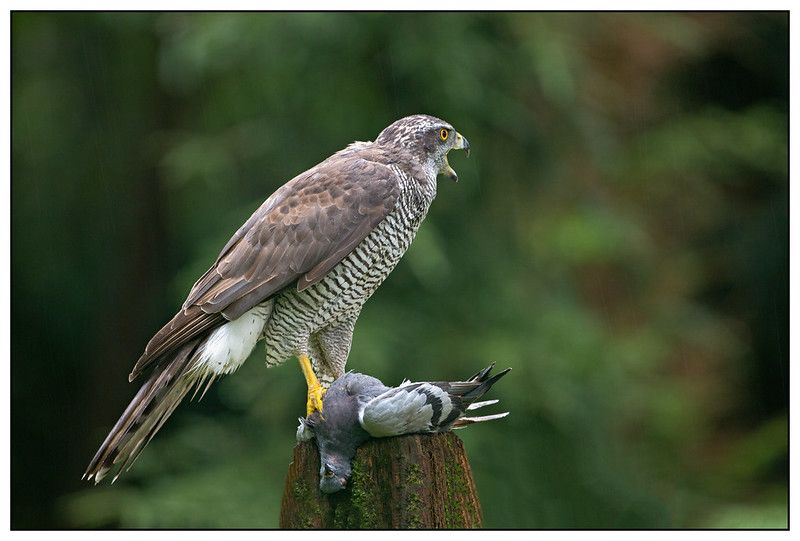
Following the incident, there was speculation that the Duchy might move away from grouse shooting, seeing it as outmoded and attracting controversy. Letters profiled in a Channel 4 News package in September revealed the Duchy was weighing up its options on how to manage its moorlands in future, including improved biodiversity, tree planting and carbon capture.
This recognises the fact that peat soils are the UK’s single largest carbon store, and help to tackle climate change – a role that is undermined by the rotational burning that takes place on intensively-managed grouse moors.
In 2018, then Environment Secretary Michael Gove brokered a voluntary cessation of burning on protected blanket bog, with dozens of landowners signing up.
The Duchy’s Goathland Estate was a signatory – although its Whitewell grouse moor in the Forest of Bowland was conspicuous by its absence. Now, Gove is Chancellor of the Duchy of Lancaster. It’s a largely ceremonial role, but he is still in charge of administering the Duchy’s estates – so one wonders whether he could use his position to advise the Queen about nature restoration on her lands.
And what about Sandringham, the Queen’s own privately-owned estate in Norfolk?
Its 20,000 acres includes the wild expanse of Dersingham Bog – an SSSI and one of the few remaining wildernesses in this part of the country – but mostly comprises arable fields, plantation forestry, and horse paddocks.
Yet just to the north of Sandringham lies the Ken Hill Estate, which recently rebranded as Wild Ken Hill – a project to rewild a thousand acres of woods, grassland and heath through extensive grazing by Exmoor ponies and Red poll cattle and by reintroducing beavers. Together with the Somerleyton Estate – which was transformed into Sandringham in The Crown – the project is part of Wild East, a recently-launched rewilding initiative in East Anglia. Imagine the boost it would get if the Royal residence joined up.
Which brings us back to Balmoral. While various estates in the Cairngorms are setting out to rewild – from the National Trust for Scotland’s Mar Lodge to Danish billionaire Anders Holch Povlsen’s Glen Feshie – the Royal estate seems to be stuck in the past, continuing to run driven grouse shoots for the Royal family and their friends.
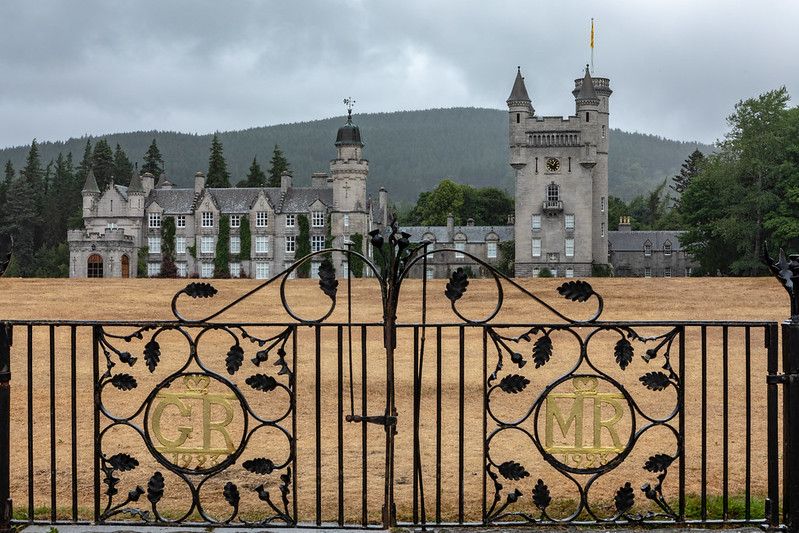
One Scottish conservationist, Nick Kempe, recently urged Prince Charles to end moorland burning on a part of the Balmoral estate and allow it to rewild. “The royal family is at the apex of sporting estate owners,” he says. “If they were to stop muirburn [moorland burning] then other Scottish grouse estates might follow.”
Rewilding would not require the Royal family to abandon its passion for shooting. Instead, they could pioneer a shift from the Victorian obsession with massive gamebird numbers, to a more Scandinavian approach to hunting: rewilded landscapes, more species but less game, and consequently more skill needed to catch them.
Actions speak louder than words. By changing the way their estates are run, the Royals could turbocharge rewilding as a trend, just as Victoria and Albert sparked a fashion for grouse moors in the mid-19th century.
Lowland rewilding already has a poster-child in the form of the wonderful Knepp Estate. But given their size and remoteness, Britain’s uplands are surely the real prize if we’re to see rewilding at scale on these islands.
As Prince William’s Earthshot Prize declares, “We choose to repair and preserve the habitats that our animals need to live”. Putting that sentiment into effect across the vast acreages of land owned by the Duchies, the Crown Estate and the Queen herself could mainstream nature restoration amongst landowners.
Some of the best recurring scenes in The Crown are the weekly one-on-one meetings between the Queen and her Prime Ministers. Boris Johnson is known to be a fan of rewilding, having recently arranged for the reintroduction of beavers on his father’s Exmoor farm. Perhaps the PM might bring up the subject of rewilding in his next chat with Her Maj?
Image credits: mike138, Alexander Gresbek, Martha de Jong-Lantink, Andreina Schoeberlein
Subscribe to our newsletter
Members receive our premium weekly digest of nature news from across Britain.
Comments
Sign in or become a Inkcap Journal member to join the conversation.
Just enter your email below to get a log in link.


